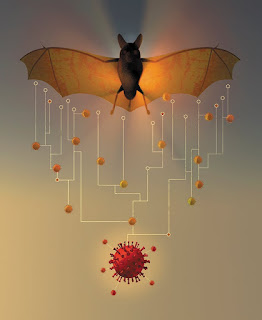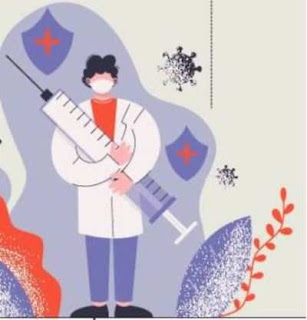This is why I love France.
*****
Aziz and Sima fell in love in Teheran. Both had fled
Afghanistan as children. Aziz’s father was killed and Sima’s family threatened
by the Taliban. In 2017, in their early twenties, they decided to marry. Sima’s
family refused because Aziz as a construction worker didn’t earn much. If you
try to run away with him, we will find you and kill you, Sima’s parents told
her.
A year later, they secretly married and with enough
savings to pay a smuggler, fled Iran. A 500 mile risky journey brought them to
Turkey. Within a few months, they smuggled themselves into Greece, where Sima
gave birth to a daughter. Over the next eighteen months the homeless family
travelled through Bosnia, Croatia, and Slovenia to arrive in Paris. It was
January 2020, Paris was cold and rainy.
They spoke only Dari, and knew of the landmark: Eiffel
tower. They joined the thousands in Paris who sleep under the bridges, in the
metro stations, on the pavements.
*****
As a rule, the residents, the sons-of-the-soil hate
illegal immigrants, asylum seekers and refugees. They often forget that many refugees
were driven away from their homes by violence perpetrated by the rich countries.
A wave of refugees has arrived in Europe from Syria, Iraq and Afghanistan –
countries occupied, bombed and terrorized by the USA and NATO.
Asylum supporters are often asked: You are talking
about the country taking them in; will you take them in your house?
Well, in France, in Paris, they do.
*****
Every evening, hundreds of refugees spend the night
out in the open, in Paris, Calais and all over France. The vulnerable crowd
includes single women, children, families, unaccompanied minors. With or
without the pandemic, they try to hide themselves from the gaze of the police.
Yann Mazi, his wife and son have founded a voluntary organization
called Utopia 56. They never doubted the generosity of the French. Through
their website and WhatsApp groups they began asking Parisians and others: Do
you want to open your door? For one evening, for a week, for a month?
Like Airbnb, Utopia 56 has created a framework to
match the hosts and the guests. When someone volunteers to take people in, Marwan
Teiebi, the coordinator makes a home visit. He conducts background criminal
checks on the hosts. The hosts also must sign a form absolving Utopia 56 in
case they or their guests contract covid-19. Hosts usually share meals.
Francois Lemeille, 26, became a host in the autumn
after three of his roommates left Paris during the lockdown. He made pumpkin
lasagna for an Eritrean couple. When his roommates returned, they used
cupboards to separate the space. They continue to host different families. “It
seems impressive, but when you see the reality, it’s not,” said Lemeille. “We
offer a comfortable place, a shower and warm tea. That’s it.”
Since the pandemic started, Parisians have hosted more
than 3000 people through Utopia 56.
*****
“Tea Shop” is a place near the Gare d’Austeritz, in
the southeast of Paris. It’s a day center where asylum seekers and refugees can
shower, do their laundry and eat a warm meal. The refugees call 115, an
emergency hotline for temporary accommodation. During the pandemic, the line
was overwhelmed with more than 1000 calls a day.
In November, Guillaume and Therese first considered
volunteering as hosts. That month the police had used tear gas to evict
migrants from roadside tents. At Tea shop, Aziz and Sima were told that a
couple across the city would host them. The Utopia 56 volunteer travelled with
them by metro for an hour. Around 8 pm, they reached a brick building. Guillaume
and Therese welcomed the family. They had prepared rice and lentils for dinner.
In the 450 sq ft apartment, they showed Aziz and Sima the living room, where a
sofa bed had been prepared for them and their baby. The couple smiled their thanks.
*****
This is why I love France.
Ravi









